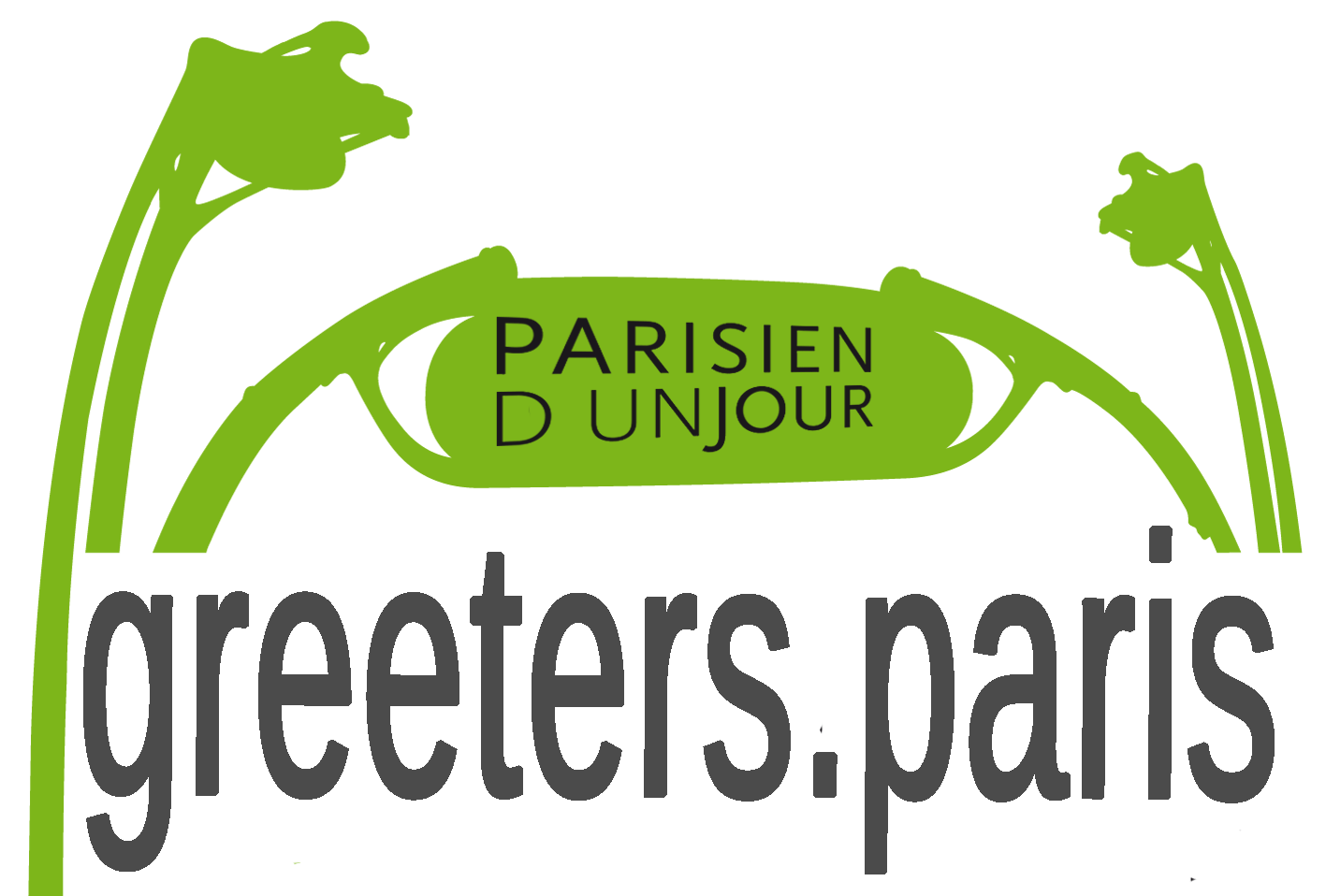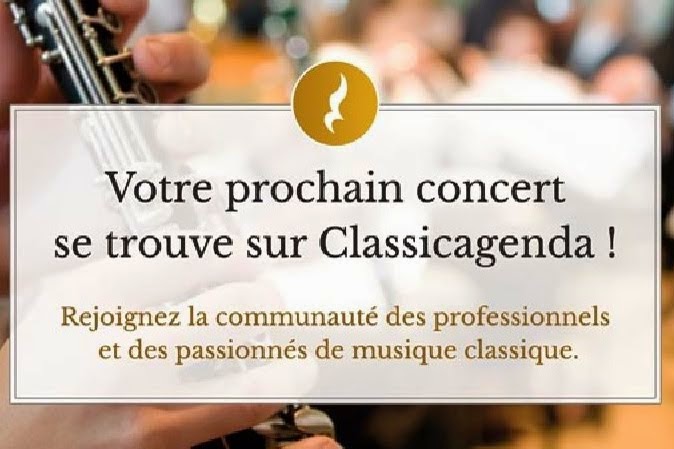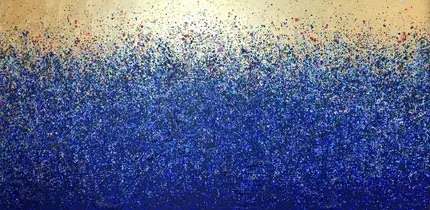
To finish
my trip to the south of France, to meet sun and friends, I returned to the
Menton region – for the third time since I started blogging. There are several
reasons to go there - the beauty of the
landscape is of course one and another, the most important one, was to again meet blogger friend
Jilly. Have a look on her sites here,
about Menton, about Monte Carlo, about her dog friends…
I already
made two posts about the little city Menton, so this time I will just show you
the looks of the new Jean Cocteau Museum and of the beautiful covered market.
Actually
Jilly’s home I just behind Menton, up on the hills, close to the wonderful
village Gorbio. With a long history from the time of the Templars and the Crusades,
this little village is today one of the best examples of what you expect a
village in the south of France to look like. Watch the elm on the central
place, planted in 1713 – celebrating its 300 years anniversary by special
festivities this summer.
Jilly took
me on a ride into Italy, so close, along the Ligurian coast. Menton and Gorbio
are almost on the border and are French only since 1860.
We visited
first Bussana Vecchia. A few kilometers up on the hills (see top picture), this little village
was hit by an earthquake in 1887, killing some 2000 people. The village, largely
destroyed, was abandoned, until after WWII when some immigrants from southern Italy
moved in, soon expelled by police forces. Later, since the 1960’s, artists from
all of Europe - and despite continued “fights” with authorities - work and live
here.
The two
churches lost their roofs. A church tower remains….
No chance
for a car to enter the village.
We visited a few art galleries…
… and met a
number of dogs, cats, some hens and a cock.
We then drove
down to the coast, to San Remo, a central city on the Italian Riviera, today
known for its music festival and many other cultural events, during the 19th
century a place of resort for the Austrian Empress “Sissi”, the Russian Tsar
family, Alfred Nobel… There are still a
few palaces left, a casino, an orthodox church… ,

































































